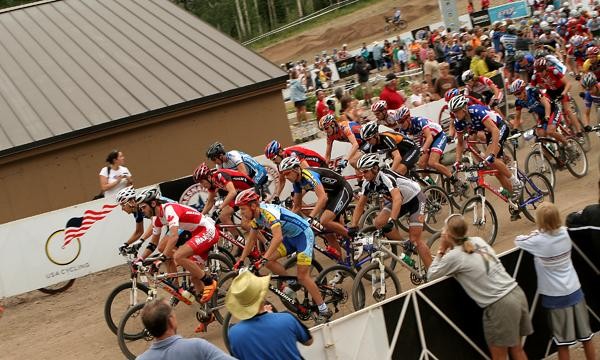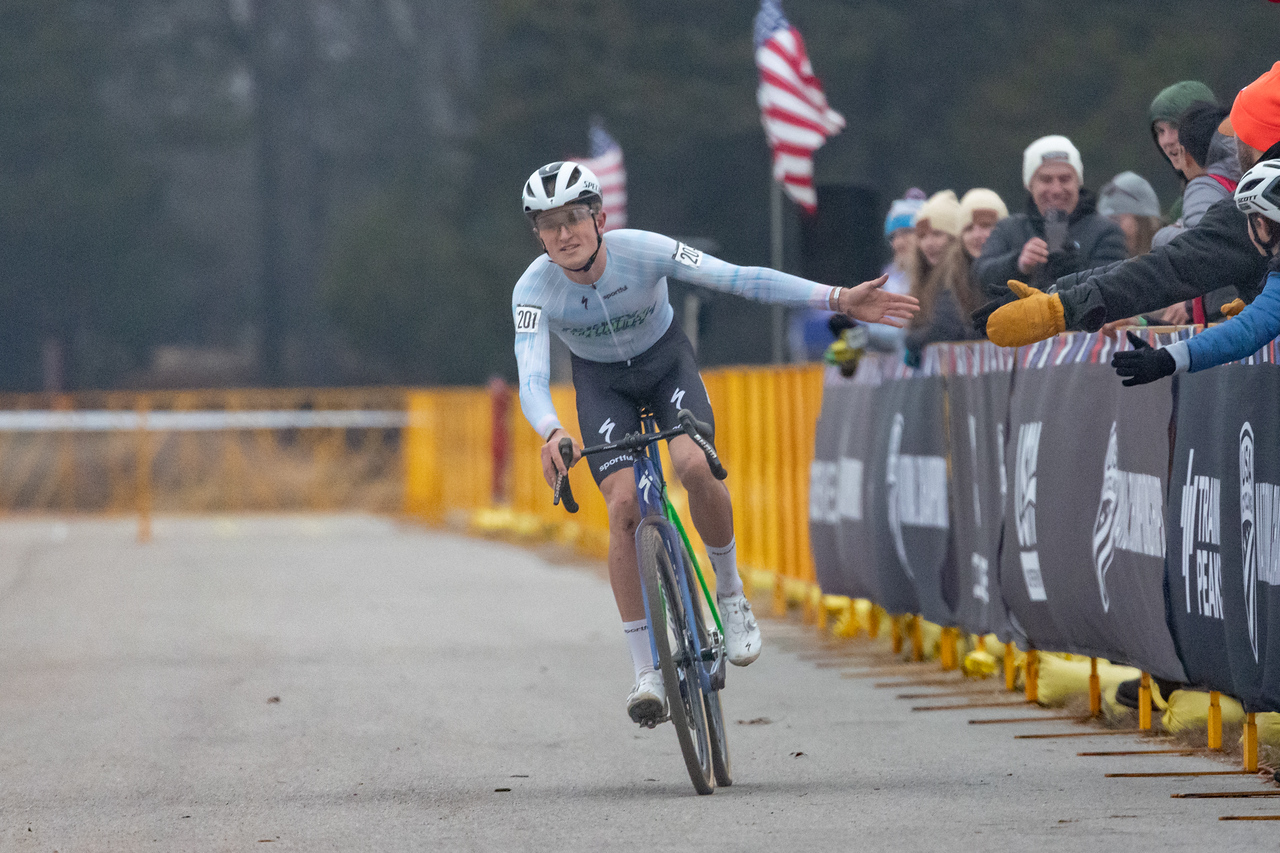Mountain bikers' sanctions raise questions
In the past week, USADA has reported one-year sanctions for three US mountain bikers, and another...

In the past week, USADA has reported one-year sanctions for three US mountain bikers, and another possible sanction is in process. What all the athletes have in common is that they missed an anti-doping control after a major race.
Cyclingnews reported that Jason Sager of Park City, Utah, and Cale Redpath of Durango, Colorado, "failed to present themselves for testing following the NORBA National Mountain Bike Series Race #4 in Deer Valley, Utah" on July 8th, and Alice Pennington "failed to show up for an anti-doping control" after the NORBA Series final event in Snowmass, Colorado, August 12th. In addition, Bart Gillespie, a 32-year-old racer from Utah, missed a doping control at another UCI race.
Is USADA getting better at catching mountain bikers who dope or is something else going on? The question can not be answered with any certainty, but it is worth taking a closer look at information surrounding the cases.
According to the USADA's information about the testing procedure on their website, "The DCO [doping control officer] is obligated to make a reasonable effort to locate the athlete for testing. Before reporting to USADA that an athlete is unavailable for testing the DCO is specifically required to visit within a 24 hour period all locations on the Athlete Location Form and any applicable Athlete Change of Plan Form provided by the athlete." Interpretations of "reasonable effort" could vary.
Sager dropped out of the Deer Valley event after he'd finished the originally scheduled three laps only to discover he had one to go. He decided not to complete the race and spent some time at the finish area watching other riders. According to his blog, "there wasn't another lap in the legs. Absolutely deflated, I watched a few guys race through, chatted with friends and family in the start/finish area for several minutes, and eventually rode home." The next day, he learned that he had missed a drug test and he contacted USADA to find out more.
Sager, a father of one, has been on the out-of-competition-control list since January 1, 2006. He has never otherwise been sanctioned for doping. Being on that list means an athlete must inform USADA of his or her whereabouts at all times and never be more than two hours away from being tested when called. Sager commented on the out-of-competition tests, "Though it's a burden, it's one I support in the effort to demonstrate that our sport is made of clean athletes. I'll submit to their tests, on demand, as they request."
In the information that Sager received with notification of his positive test and associated ban, USADA's chief officials had noted that staffing at the Deer Valley event was "inadequate," and that testing facilities were relatively distantly located. Two male chaperones were on site to escort all podium finishers and randomly assigned competitors to the drug testing area, which was in a basement about 200m from the finish. There were no signs directing athletes to the location.
The latest race content, interviews, features, reviews and expert buying guides, direct to your inbox!
Sager claims he was not notified that he was called for random testing. He was not told at the start, nor did he see the whiteboard that is supposed to be adjacent to the start/finish and posted with randoms. Sager doesn't dispute the board was there, but was unable "to find an athlete willing to testify that he physically saw it."
USADA did locate a third pro male rider selected for random testing that day, but he said would be willing to testify "that he was only aware of testing because there was a chaperone who grabbed him in the finish chute." Sager never finished the race, so no chaperone could pull him as he crossed the line.
Sager said, "I am not here to dispute the missing the test, and I never have. I never made excuses for anything, but I do have to ask why we weren't notified in an adequate manner, and of course, I contested the sanction." Sager received a large bundle of documents along with a letter strongly encouraging him to sign off on his two year ban. However, he followed the procedure to write a letter of "compelling justification" to explain why he missed the test. His letter was rejected, and he was issued a two year ban. He then went through the arbitration process which has three possible outcomes: no fault, no substantial fault, and substantial fault. Only one athlete, Genevieve Jeanson ever received a "no fault" ruling under arbitration. While Sager was found not to be "significantly at fault", he was sanctioned for one year for a first offense.
In Gillespie's case, he heard the announcement before his race that doping controllers would test the winner and two randoms after the event according to his blog. When he crossed the line, he saw the doping control officer grab one guy and heard the name of a second selection announced, so he figured he was not being tested that day. The 32-year-old Utah rider found out a few hours later that he was an alternate for testing after being called when someone else did not show up. He returned to the event several hours later, but it was too late. The wheels of process were already in motion. Final word on his case is pending.
At the very least, these cases suggest that US Mountain bikers could benefit from more communication regarding anti-doping testing at racing events.
Sue George is an editor at Cyclingnews. She coordinates all of the site's mountain bike race coverage and assists with the road, 'cross and track coverage.
